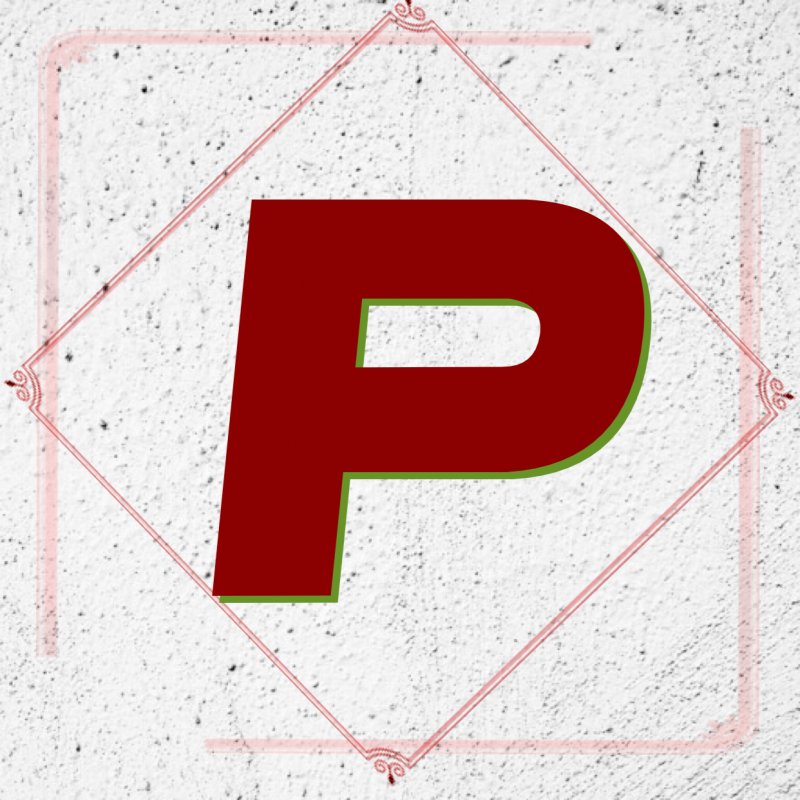Table of Contents
You’re probably reading this and wondering about what exactly a cowlick is. A cowlick has nothing to do with cows licking or anything like that.
To put it simply, a cowlick mainly means that a part of your hair is growing in a different direction from the rest(sort of like if a cow licked your hair in a certain direction). While it sounds simple, it isn’t exactly easy to tame.
Here, we’ll explain a little bit more about what cowlicks are – including if they’re genetic, and how to handle them. Whatever it is you want to know about cowlicks, we’ll have it covered.
The Clipper Guy shows us in the Video Below a detailed description with visuals that will guide you with cowlicks.
Let’s Find Out a Little Bit More About Cowlicks
A cowlick means that a section of hair is growing in a different direction from the rest. The term ‘cowlick’ originates from a cow’s habit of licking its young. When cows do this habit, the younger ones end up having a swirling pattern in their hair.
While it’s most common for cowlicks to appear on the crown of the head, it can also appear in the front or at the back of the head.
If you have cowlicks on your head, you probably have two hair spirals with one being clearly visible while the other is much less obvious.
In the middle of the hair spiral, you can see that hairs are protruding from your scalp. Cowlicks are usually more evident in individuals with thicker and straighthair.
While a cowlick occurs in both men and women, it’s usually less apparent in women with longer hair as the whirl is not visible.
As you can see, a cowlick can appear in many different ways, on many different areas on your head. It becomes less obvious as your hair grows, but that doesn’t mean that it goes away.
Are Cowlicks Genetic?
So, now to the title question of this article, is a cowlick a genetic feature of your scalp hair, or is it caused by something else?
Chances are, if you’re born with cowlicks, you’re going to be stuck with it for the rest of your life. Scientists have studied cowlicks and determined that genes do play a significant role in whether or not you have them on your head and where.
In fact, right-handed people and left-handed people might notice a difference in whether or not their cowlicks swirl in a clockwise or anti-clockwise direction.
If you do have cowlicks, however, there is a piece of good news for your health. A study recently done found that there’s a benefit to having cowlicks, and this was related to something called polarity genes.
Basically, polarity genes cause cells to combine together so concretely that they form and create opposing patterns. These opposing patterns are what create cowlicks.
Scientific research also shows that since these polarity genes help to develop strong and healthy genetic structure, it could also be the key to fighting against cancer cells.
How to Handle Cowlicks?
Having cowlicks can be disorienting as it may conflict with the hairstyle that you desire. There are many ways to deal with cowlicks depending on the severity, hair length, products used and styling techniques.
The easiest way to deal with cowlicks is to try and camouflage it. To do so, you can style your hair to make it look very messy. You can do something similar to the picture below. If that’s a look that you’d like to go for, it can easily camouflage the wandering strands.
In this method, you don’t actually have to worry about “taming” your cowlick. In fact, you simply work it into your natural hairstyle! Pretty neat trick, but read on if you are interested in a different strategy.
So although this strategy won’t fix the issue, you’ll be all set to head out the door.
If camouflaging isn’t really what you’re looking for, you can use different tools to help with your cowlicks.
For example, try using a hairdryer to change the direction of your hair effectively. If that doesn’t work, try investing in a heavy-duty pomade to add a little extra hold to the area and make sure it doesn’t come undone. We will cover these strategies in more detail down below.
Below are a few more specific ways to deal with cowlicks depending on which part of the head it’s at.
Cowlicks at the Crown
If it’s at the crown or the top of your head, your cowlicks will be sticking up if it’s not cut correctly.
This can be quite distracting, and most people do not enjoy a tuft of hair which sticks out above the rest.
To control a cowlick at the back of your head, you’ll either need to grow out your hair long enough, so the weight holds it down, or cut it short enough, so it doesn’t stick up.
The middle ground is where you will really run into problems with your cowlick.
If you wouldn’t mind rocking a shorter haircut, try going for an Ivy League haircut.
Cowlicks at the Front
If you have cowlicks at the front, it can be annoying since it’ll be sticking up right in front of your face.
Although some people manage to work this into their regular haircut, it can be quite a distraction for those who don’t want it.
To fix it, you can either cut it off or leave it long enough so that the weight holds it down. If that doesn’t work, try styling your hair in the direction of where the cowlick is growing. A shorter, textured haircut can also help in mitigating the issue.
Cowlicks at the front of the head are usually seen as less intrusive, as they can be more easily disguised into a stylish haircut.
Cowlicks at the Neckline
If you have cowlicks at the neckline, it’s probably sticking out at an odd angle. Once again, you can either go short or long. If you want to go for a short hairstyle, classic taper or bald fade are good options.
Tools to Get Rid of a Cowlick
Above, we touched on some strategies and common tools for addressing a cowlick. In this section, we will go into a bit more detail on handling these abnormalities and unique growth patterns in your hair.
No matter where you have a cowlick, some of these methods may be useful in taming this unique hair trait:
Extra Strong Gel
Depending on the thickness of your hair and the size of your cowlick. You might want something quite strong to tame it. If a regular pomade or hair styler won’t do the trick, try upping your routine to some extra strong gel.
It really depends on your type of hair, but this type of gel might be a necessity for handling a very stubborn cowlick. The most important part is to experiment with different products. Try playing around with different gels, to see which strength you truly require.
Gels, pomades, and creams are generally marked based on the strength of their hold, so you should have no problem shopping based on your requirements.
Blow Dryer
We mentioned this strategy above, but truly mastering it can be a little tricky. Nailing the process is key in ensuring that your hair style holds.
The best approach with a hair dryer is to combine it with some gel or some hair dampening products. The best time to do this is right after you take a shower. You want to dry your hair with a towel, and then apply your styling product of choice.
Comb your hair into your desired style, and then blow dry to keep it in place. You can continue styling your hair as you dry to ensure the exact look that you want.
Shampoo Less
A lesser known trick for handling cowlicks is actually to shampoo less. What this does is allows natural oils to build up in your hair. This will increase the weight of your hair, and the cowlick will have less hold. Similar to how hair growth will weigh down your cowlick.
Of course, this depends on how much natural oil you can handle in your hair, and whether it effects the appearance of your hair too much for your liking.
Conclusion
It’s not easy to have to deal with a cowlicks issue, as it takes patience and the perfect haircut. If you decide to go ahead and get a haircut to keep your cowlicks under control, make sure that you find a skilled barber to assist you.
With the wrong barber, your cowlicks could end up being even more out of control.
This is why it is so important to find a barber who you can trust, and one who knows how your hair grows and falls.
You should have your barber cut your hair dry, so that there’s no water weight on your hair that will unnaturally hold the cowlick down. Also ask for the best-recommended haircut to tame that beast. Often this is a short, buzzed style, or a longer layered style or messy textured cut.
If you have any problems with your haircuts because of your cowlicks, comment down below. Let me know what haircut you have, and why you think the cowlick makes it hard to get your desired look.



